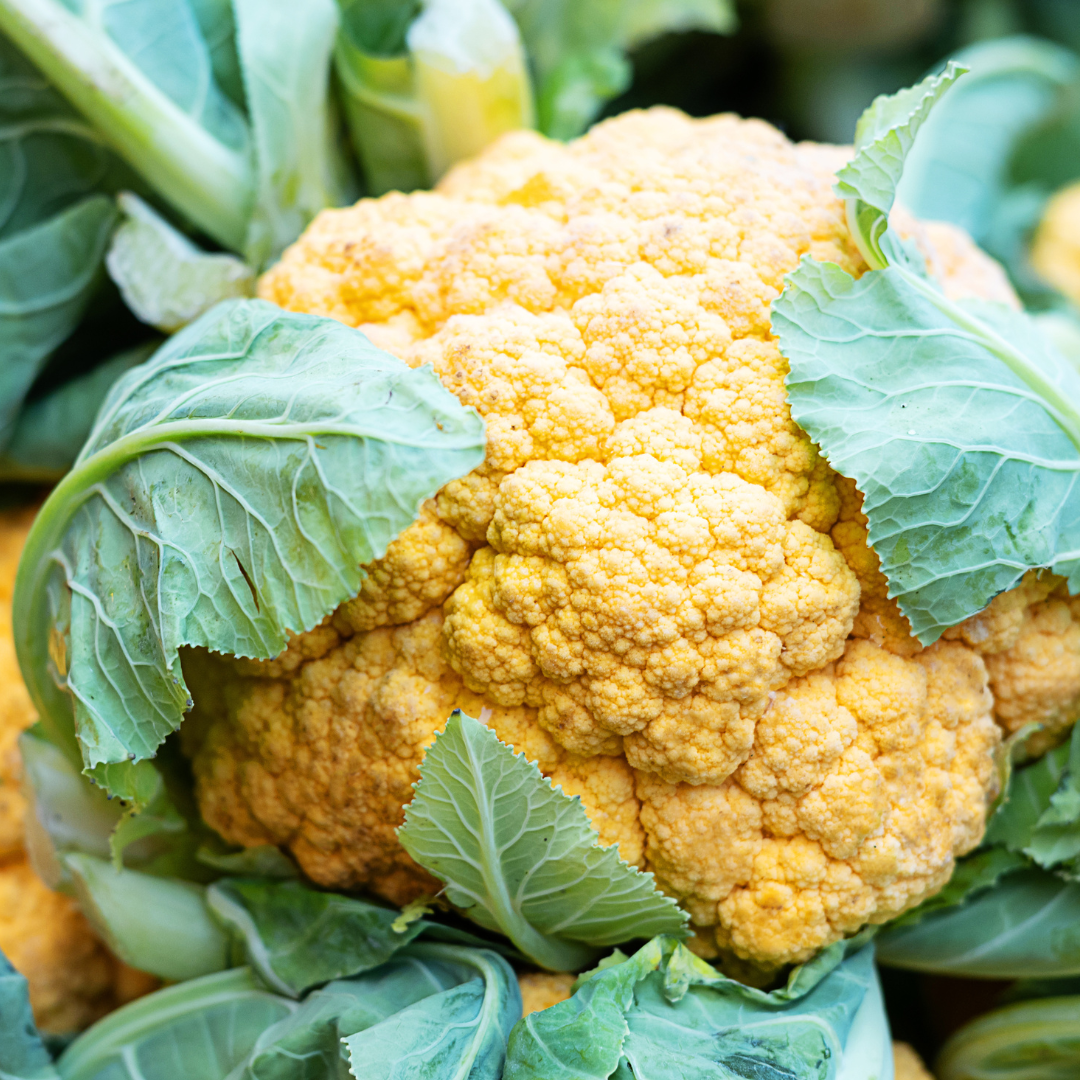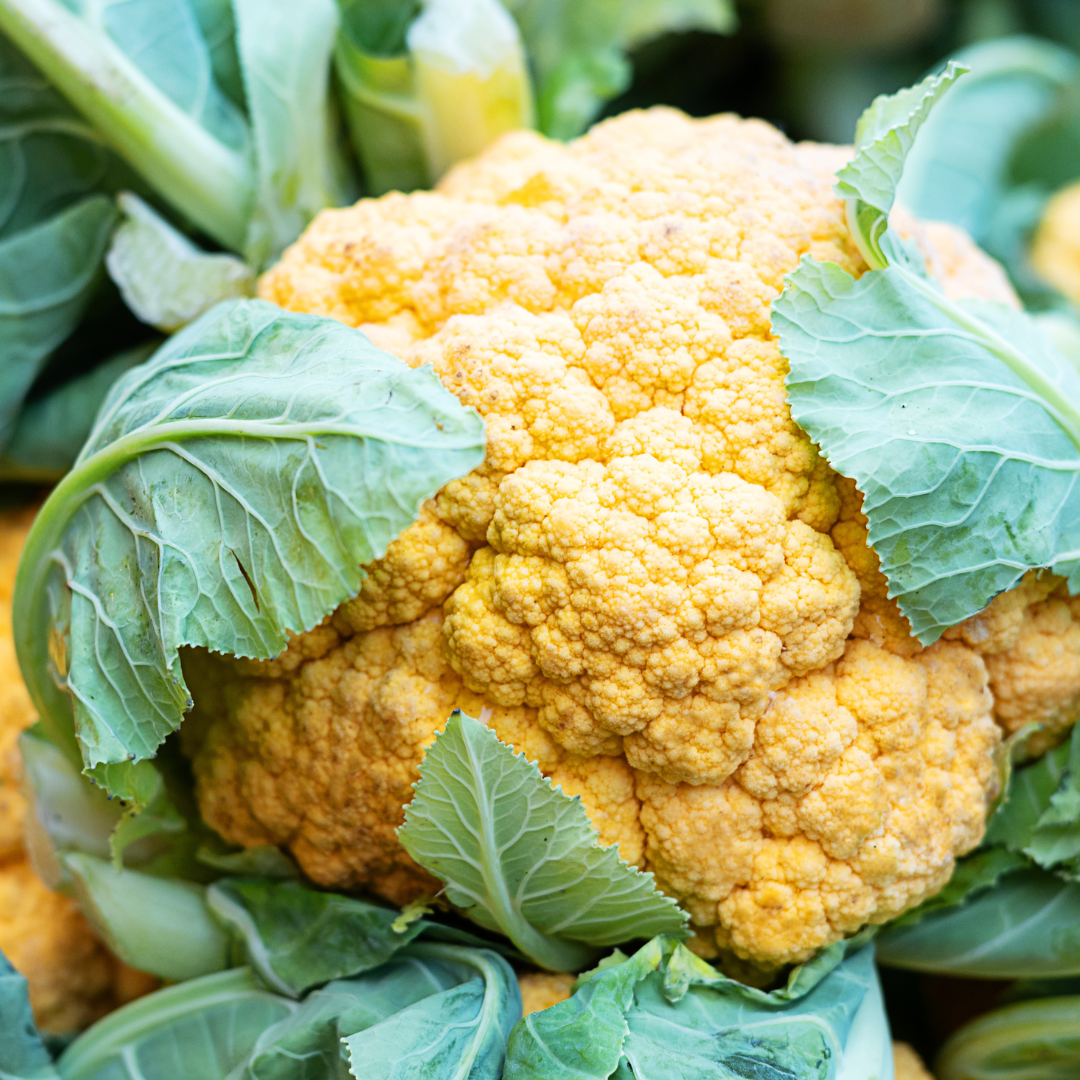Clementine Cauliflower Seed
Clementine Cauliflower Seed
Couldn't load pickup availability
Seed Type
Seed Type
F1 Hybrid (Untreated)
Seeds Per Pack
Seeds Per Pack
25
Days to Maturity
Days to Maturity
70
Disease Resistance
Disease Resistance

Why Grow Clementine Cauliflower?
Eye-Catching and Nutritious If you’re looking to bring both beauty and flavor to your vegetable garden, Clementine Cauliflower is the perfect choice. This unique variety produces striking bright orange heads that stand out among traditional white cauliflower. Its rich color isn’t just eye-catching — it also signals higher levels of beta-carotene, giving you an extra boost of nutrition with every harvest. Easy to grow and rewarding to harvest, Clementine Cauliflower is a must-have for gardeners who want something beyond the ordinary.
Colorful and Delicious Clementine forms dense, uniform heads that are as delicious as they are colorful. The flavor is sweet and mild, making it perfect for steaming, roasting, or enjoying raw in salads and veggie trays. Gardeners love it not only for its taste but also for the way it transforms the garden into a vibrant display of color. Watching the bright orange heads develop is half the fun of growing this variety! For an even more dazzling harvest, pair Clementine with our DePurple Cauliflower, which produces deep purple heads. Together, they create a beautiful contrast that makes your garden (and your dinner plate) pop with color.
Clementine Cauliflower Growing Tips
• When to Plant Cauliflower
Cauliflower is a "cool season" vegetable that grows best in the fall and early spring months. Caulifllower should be transplanted as opposed to being directly sewn in the backyard garden. Plant seeds indoors or in a greenhouse 4-6 weeks before your intended in-ground planting date.
Cauliflower transplants should be planted outdoors once they have a well-established root ball in their seed starting containers. Aim to put your transplants in the ground in the late summer months for a fall planting or in the late winter months for a spring planting.
Cauliflower plants should be planted approximately 1' apart along your garden rows. If growing cauliflower in raised beds or containers using the square foot gardening method, give each plant approximately 1' of space for best results.
• How to Fertilize Cauliflower
It's always a good idea to apply some pre-plant fertilizer to the soil prior to planting cauliflower transplants. We like to sprinkle Coop Gro organic fertilizer on our raised beds or along our rows prior to planting. This ensures the plants have the right nutrients to put down roots in their new soil.
As a general rule, the size of the cauliflower plant will dictate the size of the main cauliflower head that you harvest. To grow large heads of cauliflower, you'll want to feed the plants well as they grow. If you have large cauliflower plants with large leaves, you're almost guaranteed to have nice heads of cauliflower.
Once your cauliflower transplants start to grow, feed them every 2-3 weeks with a relatively balanced fertilizer. We like to sprinkle Coop Gro around the plants or make a liquid solution of AgroThrive General Purpose and pour that alongside the plants. Either way, make sure they have the nutrients they need to make a big plant.
*To learn more about how to fertilize certain cool season vegetables, watch this video.
• When to Harvest Cauliflower
Cauliflower heads should be harvested once they reach an acceptable size (usually softball size or larger), but before the heads start to discolor due to sunlight exposure. As the cauliflower heads enlarge to full size, the plant will not be able to protect the entire head with its leaves. This usually results in discoloration of the cauliflower head and can compromise eating quality.
Although cauliflower is considered a "cool-season" vegetable, the heads can be damaged by freezing temperatures. Mild freezes typically don't bother the plants, but a mild freeze can cause the heads to become mushy. If expecting freezing temperatures while heads are developing, consider covering the plants with a frost protection fabric or harvesting the heads early.

